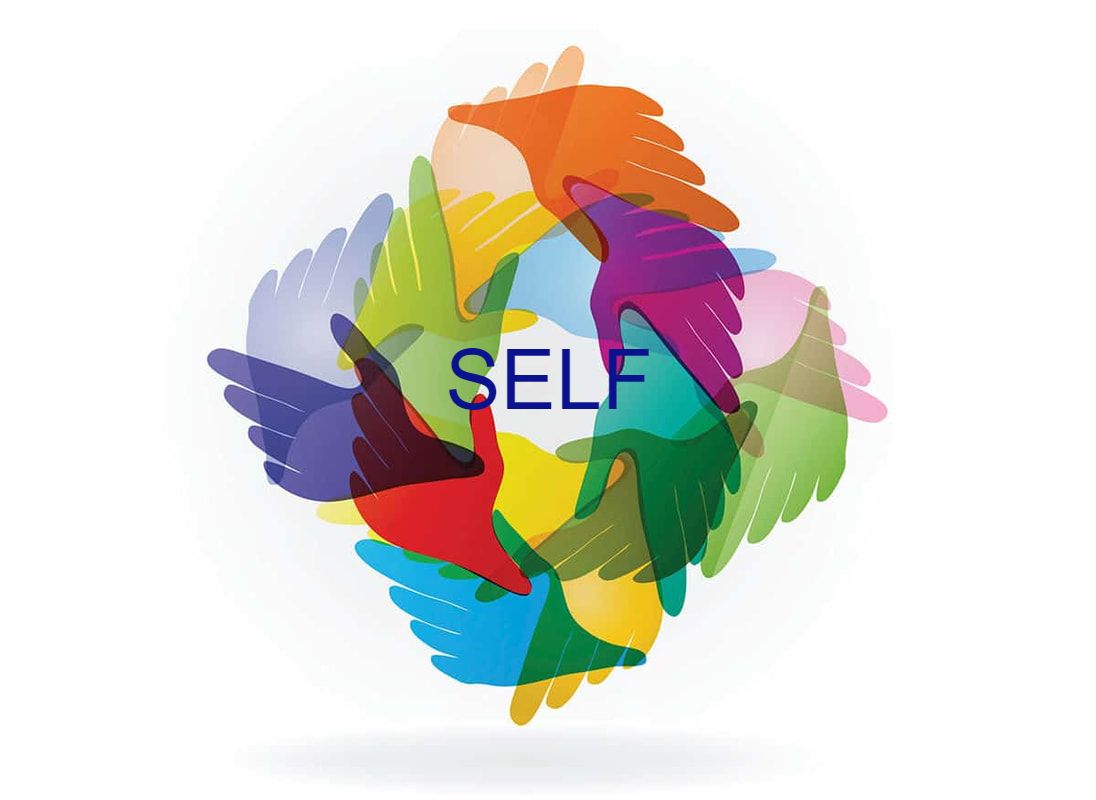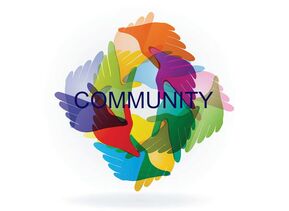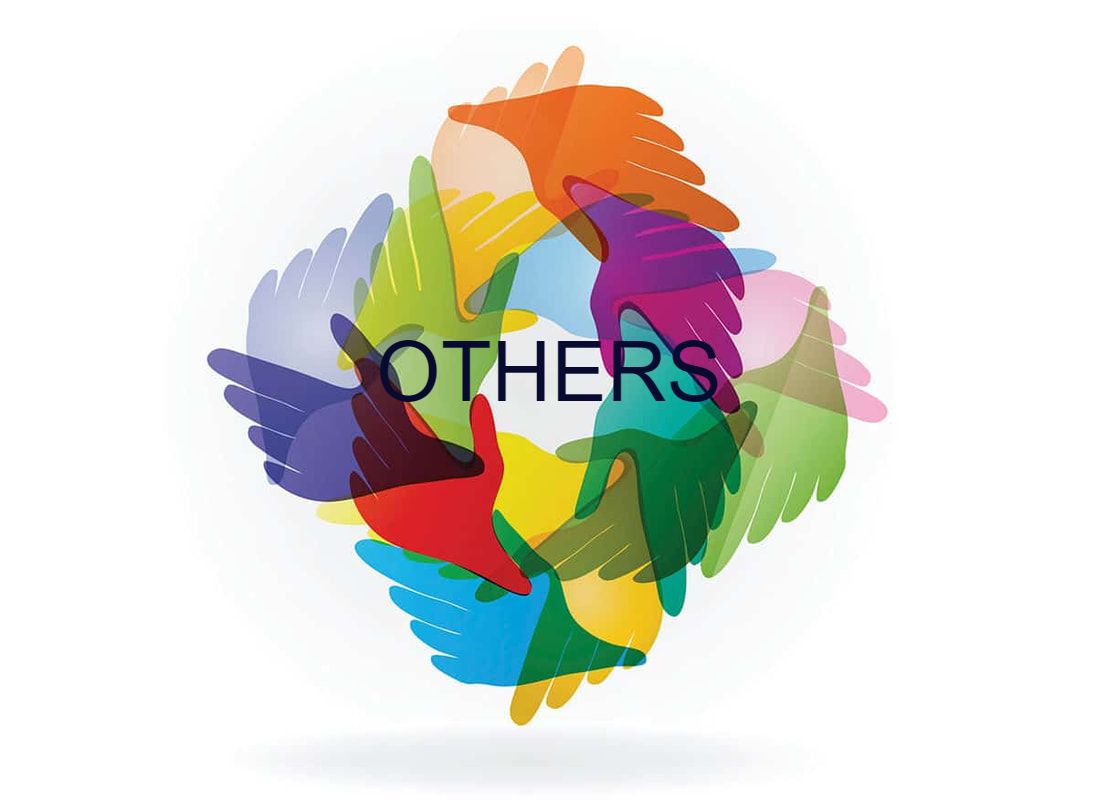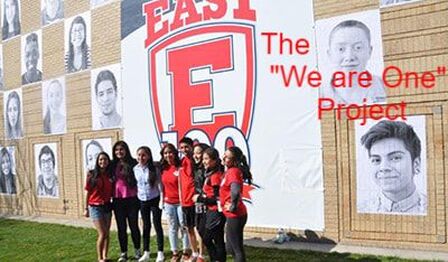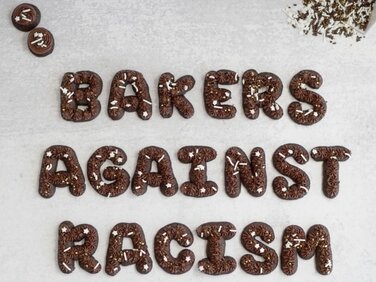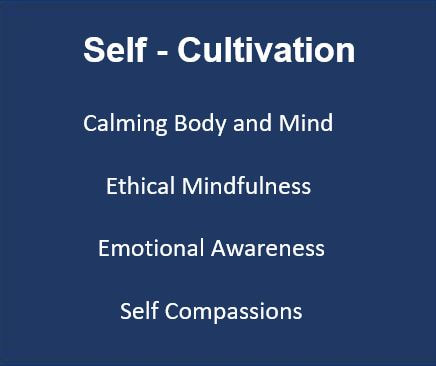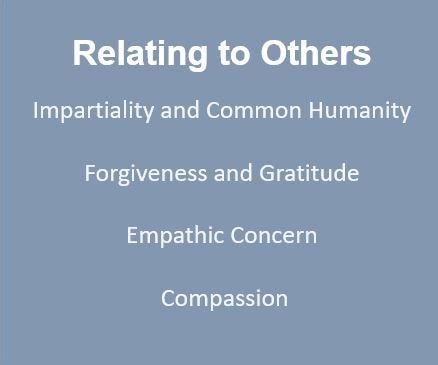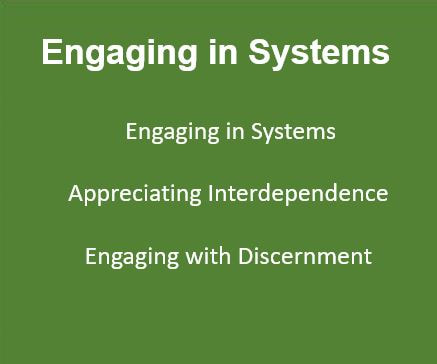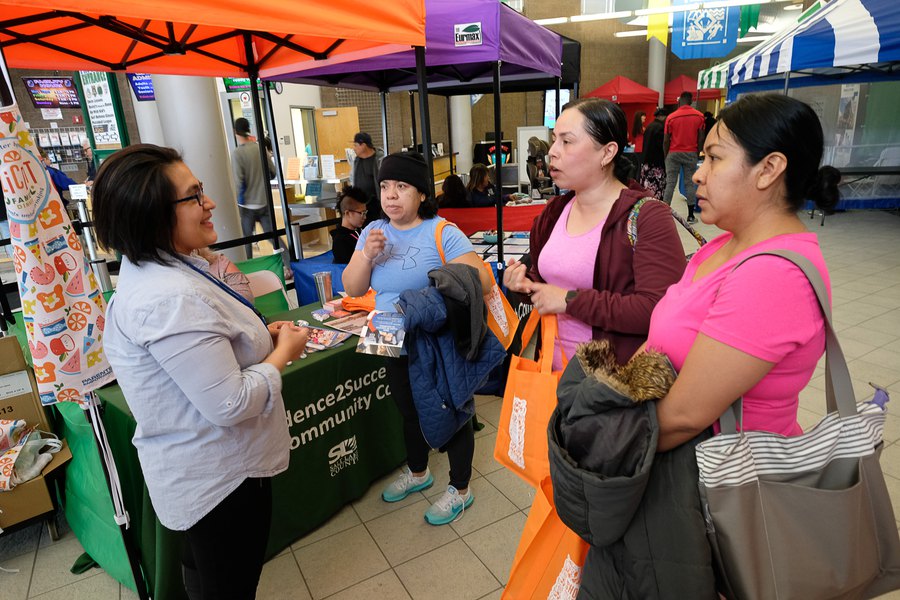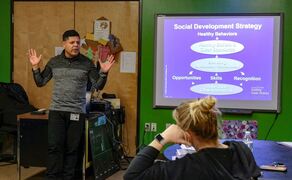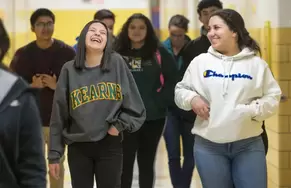As we move into a recovery phase, we will once again focus on whether diversity, equity, and inclusion are being addressed. Let us help your organization cultivate self awareness, critical analysis, and a cohesive cultural competence .
Vicki Cutherell
Vicki Cutherell
Diversity
Past generations may have addressed diversity within systems by using the book All I Really to Need to Know I Learned in Kindergarten. As we look at the destabilizing events upon our global world, the next generation may best address diversity by incorporating The Seventh Story: Us, Them, and the End of Violence.
As various systems established different rules for social stability, we have a tendency to frame our experiences inside six common stories of violence, which creates struggles for ourselves and for others. In moving forward, entities involved in politics, economics, education, and medicine must be careful to not create more violent stories of Us and Them; instead, let's create a new story of partnerships and unity. The diversity within systems will hopefully bring about a seventh story of reconciliation and liberation.
Past generations may have addressed diversity within systems by using the book All I Really to Need to Know I Learned in Kindergarten. As we look at the destabilizing events upon our global world, the next generation may best address diversity by incorporating The Seventh Story: Us, Them, and the End of Violence.
As various systems established different rules for social stability, we have a tendency to frame our experiences inside six common stories of violence, which creates struggles for ourselves and for others. In moving forward, entities involved in politics, economics, education, and medicine must be careful to not create more violent stories of Us and Them; instead, let's create a new story of partnerships and unity. The diversity within systems will hopefully bring about a seventh story of reconciliation and liberation.
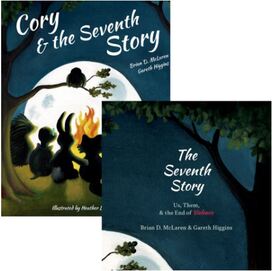
The Seventh Story: Us, Them, and the End of Violence
- Life's familiar story frames:
- A domination story: us over them
- A revolution story: us overthrowing them
- An isolation story: us staying apart from them
- A purification story: us cleansing ourselves of them
- An accumulation story: us having things that they don’t
- A victimization story: us being more important than them because of our competitive suffering... And a Seventh Story, a story of liberation and reconciliation.
What Matters the Most?
In the midst of COVID Chaos, stories of us and them created new stories called Breonna Taylor and George Floyd. The author asks the question: What Matters Most? And answers: "I've learned from wise and experienced people that the most important thing any of us can do today is to participate in building beloved community, non-violently dismantling the supremacy of anything that isn't rooted in love."
The two most important questions I can ask:
1) What resources and privilege do I have, and how can I use them to serve the common good?
2) What lack do I notice, and who are the communities from which I can ask for help?
Source: Gareth Higgins - The Porch #53
In the midst of COVID Chaos, stories of us and them created new stories called Breonna Taylor and George Floyd. The author asks the question: What Matters Most? And answers: "I've learned from wise and experienced people that the most important thing any of us can do today is to participate in building beloved community, non-violently dismantling the supremacy of anything that isn't rooted in love."
The two most important questions I can ask:
1) What resources and privilege do I have, and how can I use them to serve the common good?
2) What lack do I notice, and who are the communities from which I can ask for help?
Source: Gareth Higgins - The Porch #53
Equity
Currently, the world’s common language is a mixture of the COVID-19 virus and the viral discontent over the continued lack of equity. In the midst of this we try to facilitate community while social distancing. But, this common language has created us/them scenarios and a can lead to a feeling of hopelessness throughout our organizations.
So where do we find hope?
We have a responsibility to build a society that engenders equity, one where we can work together with our youth to build a common language, to build an awareness of self and others, and to build and strengthen our communities.
The ideas of Social Justice Youth Development recommends the healing of youth identity by involving them in social justice activities that counter any oppressive conditions that inhibit healthy self-identification. As they become a part of building their own community, they become committed agents of change, and a positive shift in educational and developmental experiences will be the natural result.
We must move away from the single culture mindset and instead seek for a united culture to counter the ideas of the Us and Them that comes from an unhealthy political and economic structure; these social constructs help shape an urban context that can lead to behavioral problems, inequality, and distress. As a community, we need to reflect, resist, and restructure these unhealthy constructs and rebuild through our common experiences and critical analysis and action. We need to lead our youth into an awareness of self, and further, an awareness of our part in the local and global community.
Currently, the world’s common language is a mixture of the COVID-19 virus and the viral discontent over the continued lack of equity. In the midst of this we try to facilitate community while social distancing. But, this common language has created us/them scenarios and a can lead to a feeling of hopelessness throughout our organizations.
So where do we find hope?
We have a responsibility to build a society that engenders equity, one where we can work together with our youth to build a common language, to build an awareness of self and others, and to build and strengthen our communities.
The ideas of Social Justice Youth Development recommends the healing of youth identity by involving them in social justice activities that counter any oppressive conditions that inhibit healthy self-identification. As they become a part of building their own community, they become committed agents of change, and a positive shift in educational and developmental experiences will be the natural result.
We must move away from the single culture mindset and instead seek for a united culture to counter the ideas of the Us and Them that comes from an unhealthy political and economic structure; these social constructs help shape an urban context that can lead to behavioral problems, inequality, and distress. As a community, we need to reflect, resist, and restructure these unhealthy constructs and rebuild through our common experiences and critical analysis and action. We need to lead our youth into an awareness of self, and further, an awareness of our part in the local and global community.
The Concepts of Hope and Social Justice in Action
“There is no big or small, no short or tall,
No best or worst, no blessed or cursed,
No dirty or clean, no cause to be mean,
No rich or poor, no reason for war,
We have more than enough in the story of love.
Each is for all of us, and all are for each of us.
This is the wisdom this new story teaches us.”
Cory and the Seventh Story : A Children’s Book for All Ages
No best or worst, no blessed or cursed,
No dirty or clean, no cause to be mean,
No rich or poor, no reason for war,
We have more than enough in the story of love.
Each is for all of us, and all are for each of us.
This is the wisdom this new story teaches us.”
Cory and the Seventh Story : A Children’s Book for All Ages

